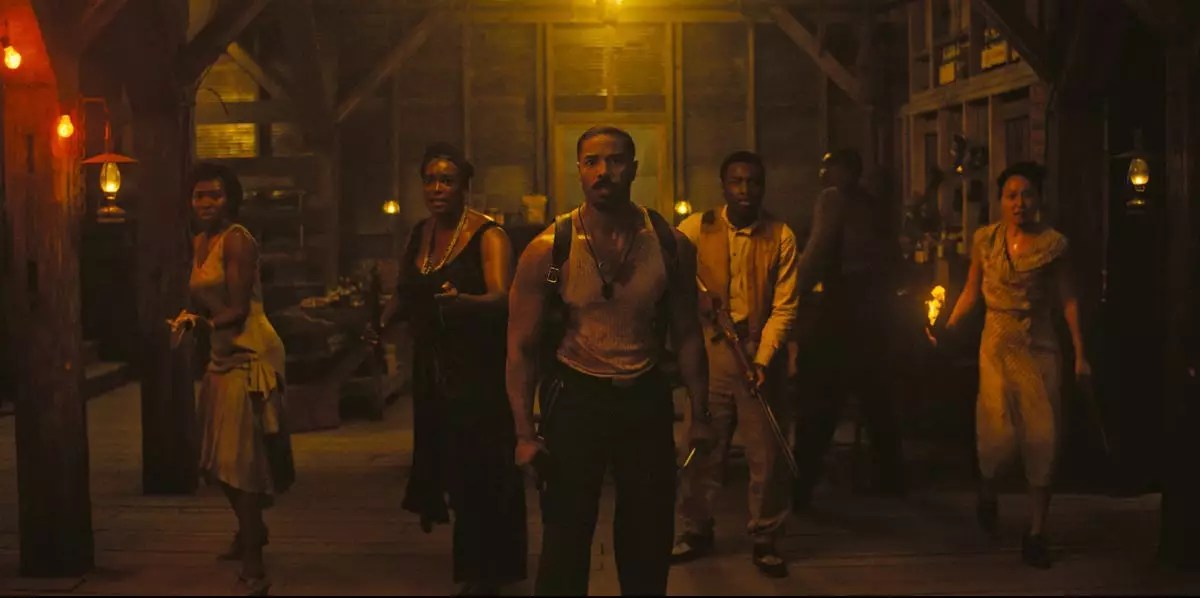In a cinematic landscape brimming with reboots and sequels, Ryan Coogler’s latest venture, “Sinners,” emerges as a refreshing original narrative that pushes the boundaries of genre cinema. Building on his prior successes with “Black Panther” and “Creed,” Coogler crafts a gripping vampire thriller set against the haunting backdrop of 1930s Mississippi. Featuring Michael B. Jordan in a dual role as twin brothers, Smoke and Stack, the film deftly intertwines supernatural elements with profound cultural explorations of Black identity, familial ties, and Southern heritage.
This latest offering marks the fifth collaboration between Coogler and Jordan—a pairing that has yielded powerful narratives that address cultural identity while appealing to broader audiences. However, “Sinners” distinguishes itself by unapologetically delving into the complexities of Black life in America while enveloping these themes within a thrilling plot that involves vampires and other gothic monstrosities.
More Than Just A Vampire Tale
What sets “Sinners” apart from conventional horror flicks is its grounding in raw emotional authenticity. While the premise revolves around supernatural creatures that stalk the narrative, Coogler is resolutely focused on the human experience at its core. Inspired by the memories of his late uncle James, Coogler infuses the film with personal reflection and historical homage. “The movie started with my relationship with my uncle who is from Mississippi,” he shared in a compelling conversation. It is this connection to family and heritage that permeates the film, moving beyond mere genre conventions to explore themes of loss, identity, belonging, and the intricate fabric of Black culture.
“Sinners” innovatively juxtaposes horror with humor and tenderness, creating a rich tapestry that illustrates the resilience of the characters within a world fraught with danger. Coogler’s admission that he initially viewed the film as a “small genre project” only to realize the necessity of an expansive treatment highlights his desire to respect both the characters and their stories. This ambition translates into a layered narrative that invites viewers to both cringe and chuckle as they navigate through this uniquely crafted cinematic experience.
Visual Mastery and the Theatrical Experience
In addition to its thematic richness, “Sinners” achieves a remarkable visual spectacle that further extends its emotional impact. Coogler’s choice to film in ultra-widescreen formats, such as Ultra Panavision 70 and IMAX 65mm, is a testament to his aspiration for a cinematic experience that feels grand yet intimate. This endeavor not only signifies a technical achievement but is also a deliberate effort to honor the theatrical medium, immersing audiences in a way that emphasizes both storytelling and spectacle.
“I want people walking out of the theater and thinking, ‘Man, I had a full meal,’” Coogler stated, conveying his commitment to delivering a deeply engaging experience. By employing sweeping visuals coupled with intimate narratives, “Sinners” becomes an exploration of not just horror, but the profound emotions that define human existence within a cultural context. Cinematography that invokes both dread and beauty aligns with the film’s emotional stakes, contributing significantly to its overall impact.
The Future of Sinners
As audiences flock to theaters, the anticipation surrounding “Sinners” extends beyond its initial release. While Warner Bros. has not outlined a streaming date, whispers suggest that the film could stream on Max by 2025, providing another avenue for fans to engage with this evocative telling. In the interim, options to rent or purchase the film via digital platforms like Prime Video and Apple TV+ enhance accessibility for viewers eager to delve into this groundbreaking creation.
Through “Sinners,” Coogler does not just entertain; he challenges audiences to confront the intertwined narratives of lineage and belonging, set against a canvas of vivid horror and rich Southern culture. The film stands as a critical embodiment of Coogler’s artistic evolution, reminding viewers of the potency of cinema as a medium for storytelling that is both visceral and historically resonant. Each moment on screen is a reflection of a deeper journey, ensuring that “Sinners” will resonate not just as another film, but as a significant cultural statement within and beyond the realm of genre cinema.


Leave a Reply